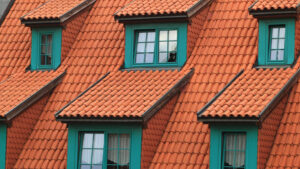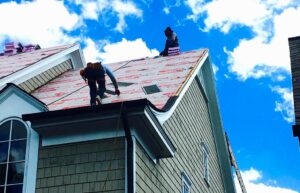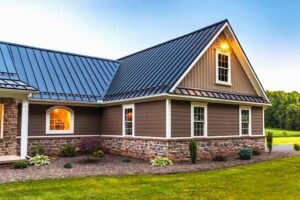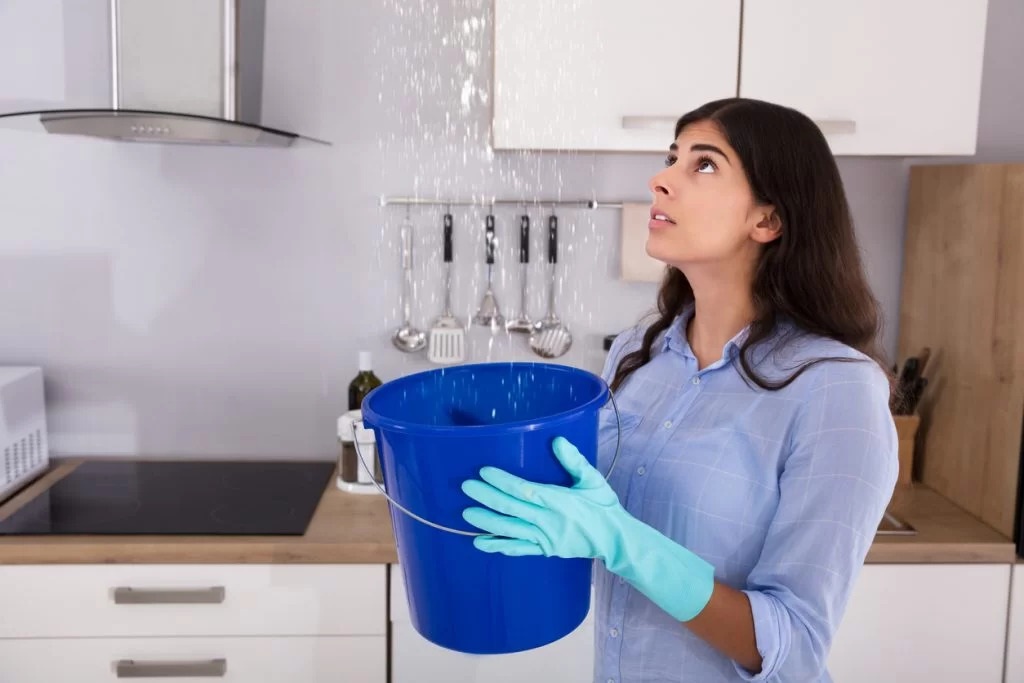
A roof, the stalwart guardian of our homes, stands as the first line of defense against the elements. Yet, even the most robust roofs are susceptible to leaks, those unwelcome intrusions that can wreak havoc on our interiors, damage valuable possessions, and foster mold growth. Understanding the most common causes of roof leaks is crucial for homeowners seeking to maintain a dry and secure dwelling. This article delves into the primary culprits behind roof leaks, explores frequently asked questions, and offers practical solutions to safeguard your home.
The Ubiquitous Enemy: Damaged or Deteriorating Shingles
At the forefront of roof leak causes stand damaged or deteriorating shingles. Shingles, the protective outer layer of many residential roofs, endure relentless exposure to sun, rain, wind, and temperature fluctuations. Over time, these environmental stressors can lead to cracking, curling, blistering, and even complete shingle loss. Asphalt shingles, the most prevalent type, are particularly vulnerable to these issues. Intense sunlight can cause the asphalt to dry out and become brittle, while freeze-thaw cycles can lead to cracking. High winds can lift or tear shingles, leaving the underlayment exposed.
Detailed Breakdown of Shingle Damage:
- Cracking: This occurs when the shingle’s surface loses its flexibility, often due to prolonged sun exposure or age. Cracks allow water to seep beneath the shingle, leading to leaks.
- Curling: Shingle edges can curl upwards or downwards, creating gaps that allow water to be driven underneath by wind and rain. This is often a sign of age or inadequate ventilation.
- Blistering: Blisters, or small bubbles, can form on the shingle surface due to trapped moisture during manufacturing. These blisters can rupture, creating entry points for water.
- Granule Loss: The granules on shingle surfaces protect the asphalt from UV damage. As shingles age, these granules can wear away, leaving the asphalt exposed and vulnerable to deterioration. Significant granule loss is often seen in gutters or at the bottom of downspouts.
- Missing Shingles: High winds, storms, or simple age can cause shingles to detach completely, leaving large areas of the roof exposed.
The Silent Intruder: Compromised Roof Flashings
Flashings, the thin metal strips installed at roof intersections, valleys, and around penetrations (such as chimneys, vents, and skylights), are critical for preventing water intrusion. These areas are inherently vulnerable because they represent points where the roof’s continuity is disrupted. Over time, flashings can corrode, become loose, or be improperly installed, leading to leaks.
Understanding Flashing Failures:
- Corrosion: Metal flashings, especially those made from aluminum or galvanized steel, can corrode when exposed to moisture and environmental pollutants. Corroded flashings develop holes and cracks, allowing water to penetrate.
- Loose Flashings: Wind, temperature fluctuations, and building movement can cause flashings to become loose or detached from the roof surface. This creates gaps through which water can enter.
- Improper Installation: Incorrectly installed flashings, such as those that are too short, lack proper overlap, or are not adequately sealed, are prone to leaking. This is a common issue with DIY installations or substandard roofing work.
- Damaged Flashing Around Penetrations: Areas surrounding chimneys, vents, and skylights are particularly susceptible to leaks due to compromised flashing. Sealant around these penetrations can crack or deteriorate, allowing water to seep in.
The Hidden Threat: Ice Dams
In regions with cold climates, ice dams can pose a significant threat to roof integrity. Ice dams form when melting snow refreezes at the roof’s edge, creating a barrier that prevents further meltwater from draining. This trapped water can back up under the shingles and leak into the attic and interior.
The Mechanics of Ice Dam Formation:
- Uneven roof temperatures allow snow to melt on the warmer parts of the roof.
- Meltwater flows down the roof and refreezes at the colder eaves, where there is less heat from the house.
- This ice buildup creates a dam, trapping more meltwater behind it.
- The trapped water seeps under the shingles, leading to leaks.
The Often-Overlooked Culprit: Poor Roof Ventilation
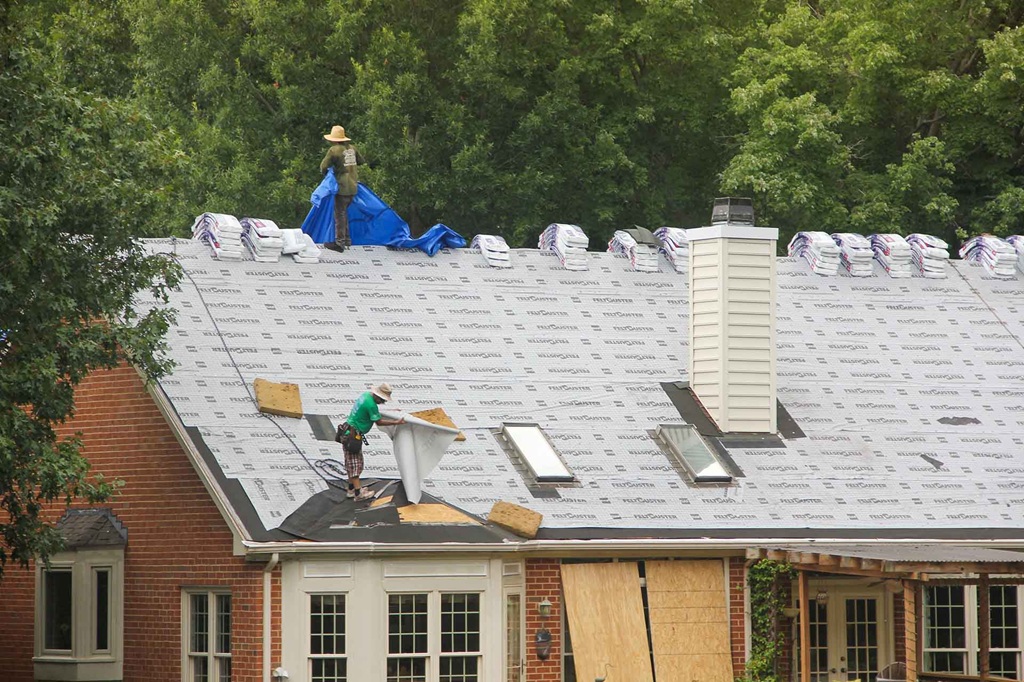
Adequate roof ventilation is essential for maintaining a healthy and dry roof system. Poor ventilation can lead to excessive heat and moisture buildup in the attic, which can damage shingles, rot roof decking, and contribute to leaks.
The Importance of Proper Ventilation:
- Temperature Regulation: Proper ventilation allows hot air to escape the attic, preventing excessive heat buildup that can damage shingles and cause premature aging.
- Moisture Control: Ventilation helps to remove moisture from the attic, preventing condensation that can lead to rot, mold growth, and leaks.
- Ice Dam Prevention: In cold climates, proper ventilation can help to maintain a more consistent roof temperature, reducing the likelihood of ice dam formation.
Related: Roof Ready: Essential Tips for Keeping Your Home Protected From the Elements
The Impact of Debris and Vegetation
Accumulated debris, such as leaves, branches, and pine needles, can trap moisture on the roof’s surface, leading to deterioration and leaks. Vegetation growth, such as moss or algae, can also retain moisture and damage shingles.
Detailed Look at Debris and Vegetation Issues:
- Moisture Retention: Debris and vegetation create pockets where moisture can accumulate, leading to rot and deterioration of shingles and roof decking.
- Drainage Obstruction: Debris can clog gutters and downspouts, preventing proper drainage and causing water to back up onto the roof.
- Shingle Damage: Vegetation growth can lift and damage shingles, creating entry points for water.
Penetrations and Skylights: Vulnerable Points
Any penetration in the roof, such as plumbing vents, chimneys, and skylights, represents a potential leak source. These areas require careful flashing and sealing to prevent water intrusion.
Understanding Penetration-Related Leaks:
- Sealant Deterioration: Sealant around penetrations can crack and deteriorate over time, allowing water to seep in.
- Flashing Issues: Improperly installed or damaged flashing around penetrations can lead to leaks.
- Skylight Leaks: Skylights, especially older models, can develop leaks due to seal failures, cracked glass, or improper installation.
People Also Ask (FAQs):
Q: How can I tell if my roof is leaking?
A: Signs of a roof leak include water stains on ceilings or walls, damp or musty odors in the attic, peeling paint or wallpaper, and visible water dripping from the ceiling.
Q: How often should I inspect my roof?
A: It’s recommended to inspect your roof at least twice a year, ideally in the spring and fall. After severe weather events, such as storms or heavy snowfall, an additional inspection is advisable.
Q: Can I repair a roof leak myself?
A: Minor roof repairs, such as replacing a few damaged shingles, can be done by experienced homeowners. However, complex repairs or work on steep or high roofs should be left to professional roofing contractors.
Related: Loud and Clear: What to Expect During Your Roof Replacement
Q: What is the average lifespan of an asphalt shingle roof?
A: The average lifespan of an asphalt shingle roof is 20-30 years, depending on the quality of the shingles, the climate, and proper maintenance.
Q: How do I prevent ice dams?
A: Prevent ice dams by ensuring adequate attic insulation and ventilation, and by removing snow from the roof’s edge. Installing heated cables along the eaves can also help.
Q: What is the best way to find a reputable roofing contractor?
A: Seek recommendations from friends and family, check online reviews, and verify the contractor’s license and insurance. Obtain multiple quotes and ask for references before making a decision.
Conclusion:
Understanding the common causes of roof leaks empowers homeowners to take proactive steps to protect their investments. Regular inspections, prompt repairs, and proper maintenance are essential for extending the lifespan of your roof and preventing costly water damage. Whether it’s compromised shingles, failing flashings, or inadequate ventilation, addressing these issues promptly will ensure a dry and secure home for years to come. When you suspect a leak, it’s always best to contact a professional roofer to ensure the issue is properly diagnosed and repaired. By prioritizing roof health, you can safeguard your home and enjoy peace of mind, knowing that your roof is ready to weather any storm.




